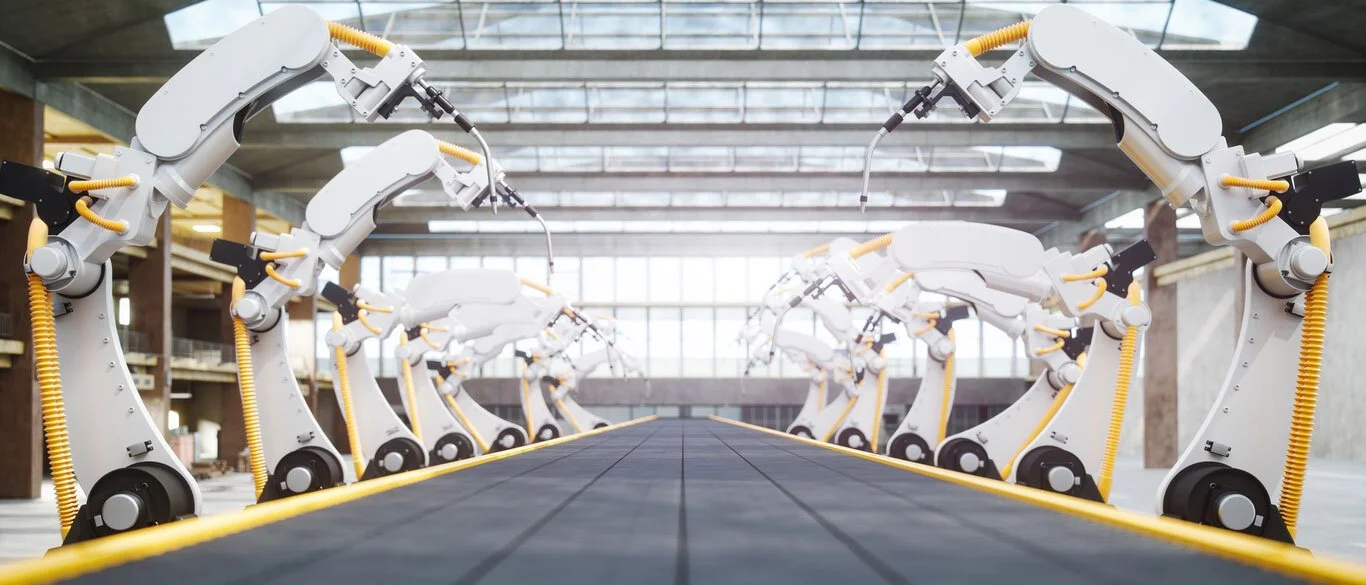More Data Needed to Understand Impact of New Technologies on Workforce, GAO Finds
Fear has loomed for quite some time regarding the impact of automation on the U.S. workforce, and a recent Government Accountability Office (GAO) report only raises more questions. While the GAO was able to gather some information regarding the impact of advanced technologies on employment trends, lacunae persist. To fill these data gaps, the GAO requests that the Department of Labor (DOL) use existing or new data collection methods to better track how the workforce is impacted by new technologies.
The GAO’s major findings include that “industries with a greater proportion of jobs susceptible to automation were more likely to have experienced growth in tech jobs from 2010 to 2016… possibly an indicator of industries preparing to adopt advanced technologies; occupations susceptible to automation and industries with a greater share of these jobs did not experience meaningfully higher job loss rates in this period, though it could be too soon to observe these effects; and certain groups, such as workers with no college education and Hispanic workers, tended to hold jobs susceptible to automation in 2016, and thus could be disproportionately affected by changes if they occur.”
To compile this report, GAO interviewed people in various positions at firms that use or develop advanced technologies.
Officials at many firms discussed needing fewer workers or shifting worker positions due to technological capabilities. At other firms, advanced technology has helped increase competitiveness and add positions. Firm officials noted how workers who can adapt easily to new roles may experience positive effects of technological advancement such as safer working conditions, while those unable to adapt may be negatively affected.
Ultimately, the GAO notes, “There are currently no comprehensive data on firms’ adoption and use of advanced technologies. As a result, researchers have difficulty determining whether changes in the U.S. workforce observed in existing employment data are related to advanced technologies.”
The GAO recommends that the Department of Labor expand existing worker or firm surveys to ask respondents how advanced technologies have contributed to worker displacements, work hour reductions, or substantial adjustments to tasks.
The GAO also notes that the Bureau of Labor Statistics can expand its employment projections to regularly identify occupations projected to be impacted by advanced technologies. Also, the Employment Training Administration can expand the O*NET data system to identify changes to skills, tasks, and tools associated with jobs to consider how this data could be used to track the spread of technologies.
The GAO differentiates the threat of advanced technologies from the current, widely used robotic technologies in discussing that these advanced technologies may be equipped with learning capabilities that enable them to perform an expansive array of tasks. GAO conducted this report based on questions about how equipped federal agencies are to monitor workforce changes, promote economic growth, and support workers who may be negatively affected by automation.


